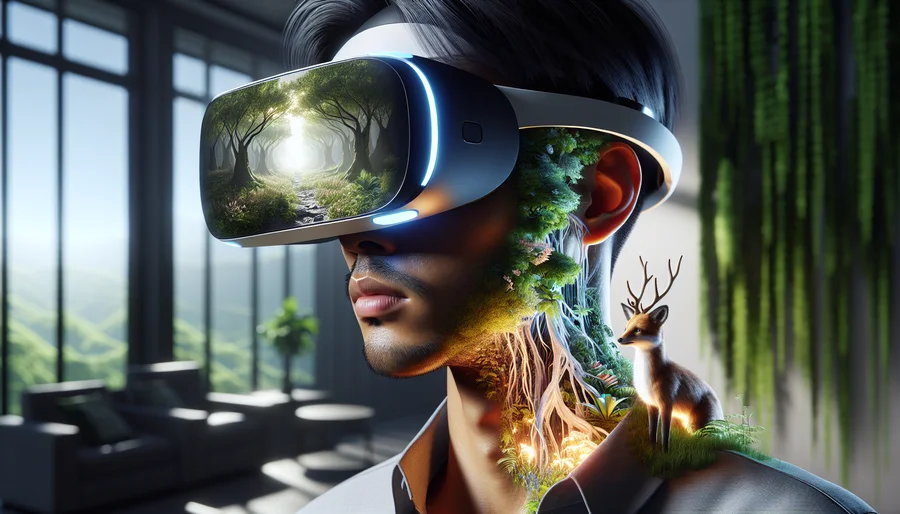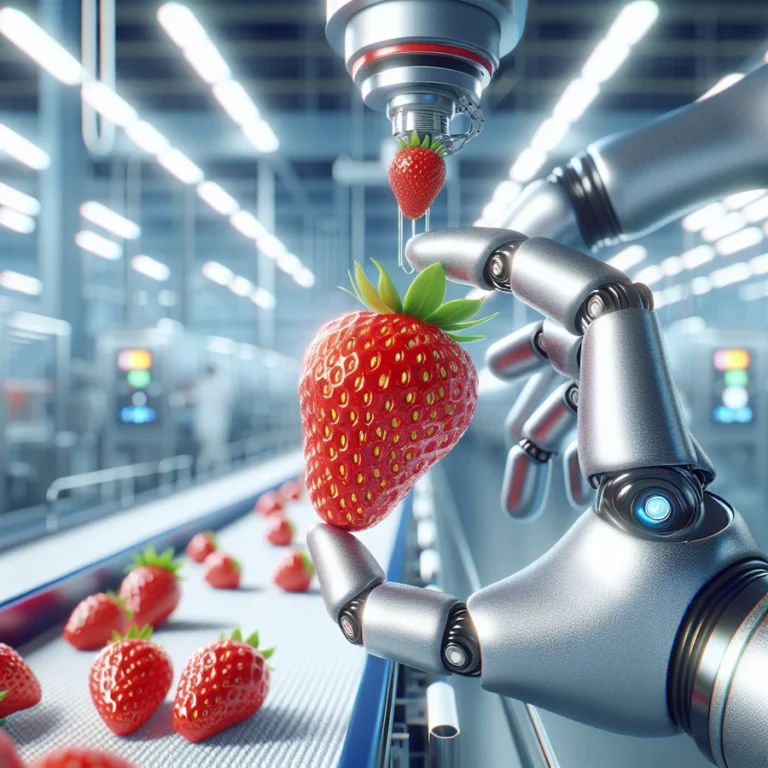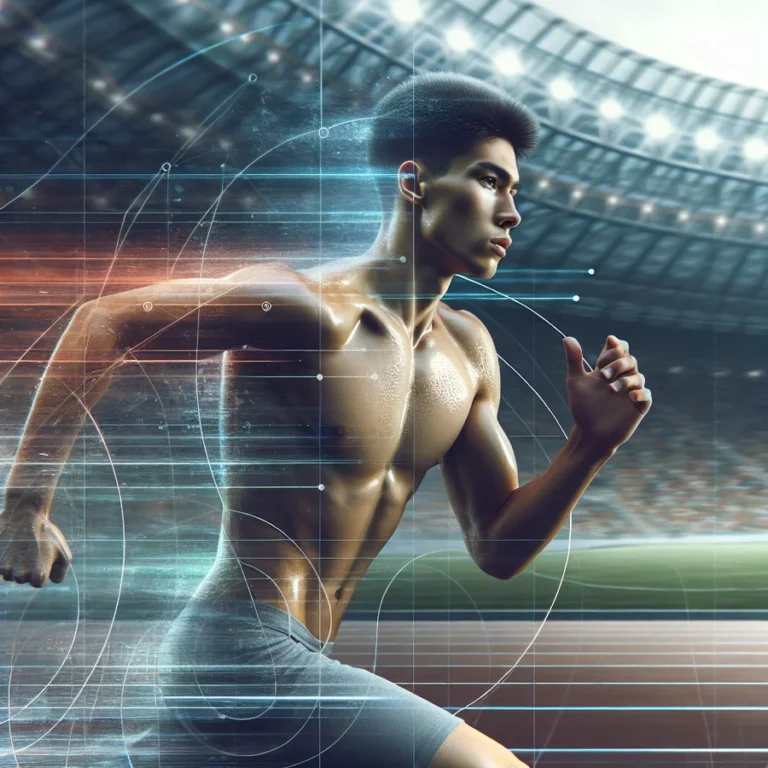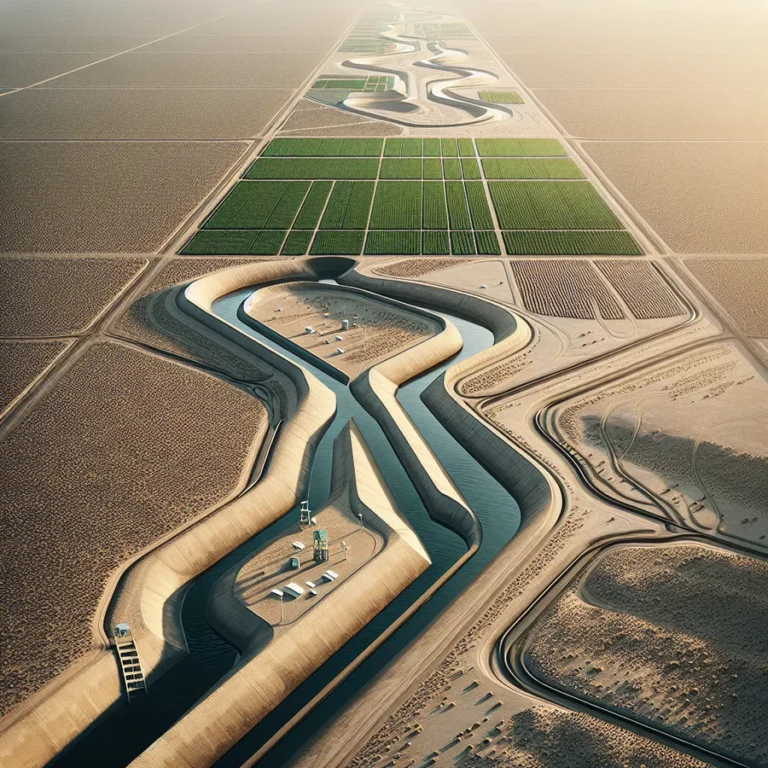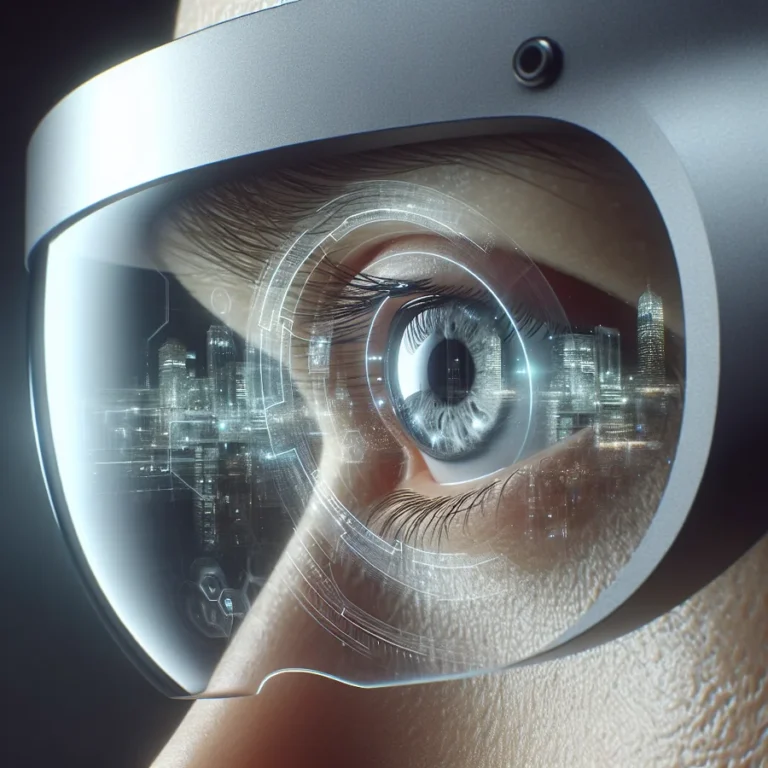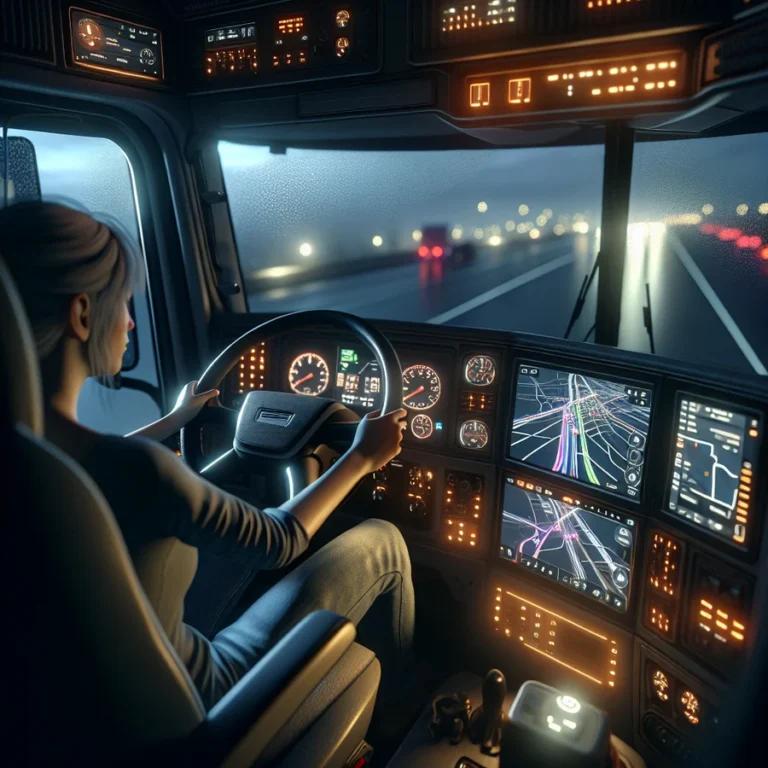AI in Virtual Reality: Creating Immersive Experiences
Imagine stepping into a world that feels incredibly real. A world where the environment reacts to your every move. This is the promise of Virtual Reality (VR), and Artificial Intelligence (AI) is the key to unlocking its full potential. AI enhances VR by making experiences more personalized, responsive, and truly immersive. This guide explores how AI in Virtual Reality is revolutionizing how we interact with digital worlds.
Ready to dive in? We’ll explore how AI algorithms analyze user behavior, generate realistic visuals, and even create interactive characters. Get ready to discover the exciting ways AI in Virtual Reality is shaping the future of entertainment, training, and beyond.
Understanding the Role of AI in Virtual Reality
VR creates simulated environments. AI makes these environments intelligent and adaptive. Think of it as adding a brain to a virtual world, allowing it to learn and react.
AI in Virtual Reality isn’t just about making things look pretty. It’s about creating experiences that feel alive and responsive. This leads to deeper engagement and more meaningful interactions.
How AI Enhances Personalization in VR
Imagine a VR game that adapts to your skill level in real-time. AI algorithms analyze your gameplay. They then adjust the difficulty to keep you challenged and engaged.
AI can also track your preferences. This allows the VR environment to suggest content you’ll likely enjoy. It’s like having a personal guide in a virtual world.
The Impact of AI on Interactivity in VR
AI powers realistic interactions with virtual characters. Natural Language Processing (NLP) allows you to converse with these characters. They can understand your speech and respond appropriately.
AI also enables gesture recognition. Your hand movements and facial expressions can influence the virtual world. This creates a more intuitive and natural experience.
Creating Realistic Visuals with AI in VR
Visuals are crucial for immersion. AI in Virtual Reality plays a key role in generating stunning and realistic graphics. This enhances the sense of presence and believability.
AI algorithms can create detailed 3D models. They can also optimize textures for realistic appearance. This results in visually rich and engaging environments.
AI and Realistic Imagery
AI enhances realism through high-fidelity graphics. Richly detailed, high-resolution textures make the experience more believable.
Lighting and shadows add depth. Real-time adaptations to your movements ground you in the digital realm.
AI Object Segmentation for Enhanced World Awareness
AI can recognize and differentiate objects in an image or video. This is called object segmentation. It allows virtual objects to interact realistically with the real world in Augmented Reality (AR).
For example, a digital ball can bounce differently on a hard floor versus a soft sofa. This adds a layer of realism and interactivity.
AI-Driven Characters and Sound Design
AI in Virtual Reality isn’t limited to visuals. It also plays a vital role in creating believable characters and immersive soundscapes. These elements contribute to a richer and more engaging experience.
AI algorithms can influence character behaviors. They enable characters to react realistically to in-game events. NLP facilitates communication and comprehension.
AI and Spatial Audio
Spatial audio recreates a 3D sound experience. It mimics how humans hear sounds in the real world.
AI can intelligently mix audio content. This creates effects like reverberation, enhancing the sense of space.
Natural Language Processing and Voice Recognition
NLP powers voice recognition. This allows you to talk to digital characters.
AI can also clone voices. This enables dynamic and compelling interactions.
Use Cases of AI in Virtual Reality
The applications of AI in Virtual Reality are vast and growing. From entertainment and training to healthcare and education, AI is transforming how we use VR.
Here are a few examples:
- Gaming: AI-powered characters, adaptive storylines, and realistic environments.
- Training: Immersive simulations for surgeons, pilots, and other professionals.
- Education: Virtual field trips, interactive lessons, and personalized learning experiences.
- Healthcare: VR therapy for mental health, pain management, and rehabilitation.
These are just a few examples of how AI is enhancing VR experiences. As AI technology continues to evolve, we can expect even more innovative applications in the future.
Let’s delve deeper into some specific examples:
- AI in VR Training: AI-driven VR characters can help job candidates practice interviewing and negotiation skills.
- AI in VR Environment Creation: AI can optimize scenario development, animation, and asset creation.
- AI in VR Adaptive Learning: VR learning scenarios can evolve based on learner responses.
The Future of AI and VR
AI is constantly evolving. This means VR experiences will become even more realistic, personalized, and interactive. Imagine worlds that seamlessly blend the digital and physical, creating truly immersive experiences.
As AI develops, natural language interactions, dynamic visuals, and realistic sound will create even more believable characters. This will extend into entertainment, marketing, gaming, and various corporate uses.
Ethical Considerations
As AI becomes more powerful, it’s important to consider the ethical implications. Transparency, accountability, privacy, and data protection are key considerations for VR content creators.
AI systems are trained on existing data. Therefore, it’s crucial to address potential biases and ensure fairness in AI-driven VR experiences.
Conclusion
AI in Virtual Reality is revolutionizing how we experience digital worlds. By enhancing personalization, interactivity, visuals, and sound, AI is creating truly immersive experiences. As AI technology continues to advance, the possibilities for VR are limitless. From entertainment and training to healthcare and education, AI is paving the way for a future where virtual and physical realities seamlessly blend.
FAQs
How is AI used in 3D modeling?
AI quickly produces realistic textures and shading for 3D characters and environments.
How does AI help virtual reality?
AI’s real-time processing speed enables VR applications to respond instantly to user actions, enhancing believability.
What’s the relationship between augmented reality and machine learning?
Machine learning enables AR experiences to evolve by analyzing user choices and behavior.
How does AI impact virtual worlds?
AI efficiently generates high-quality graphics and audio in response to user actions, creating immersive experiences.
